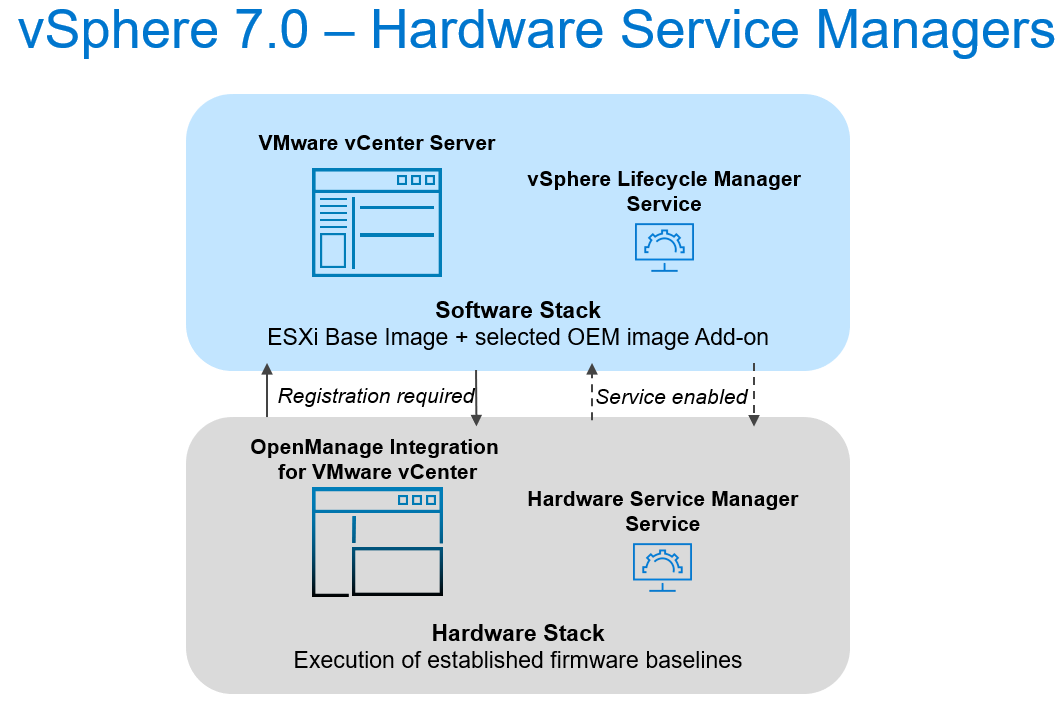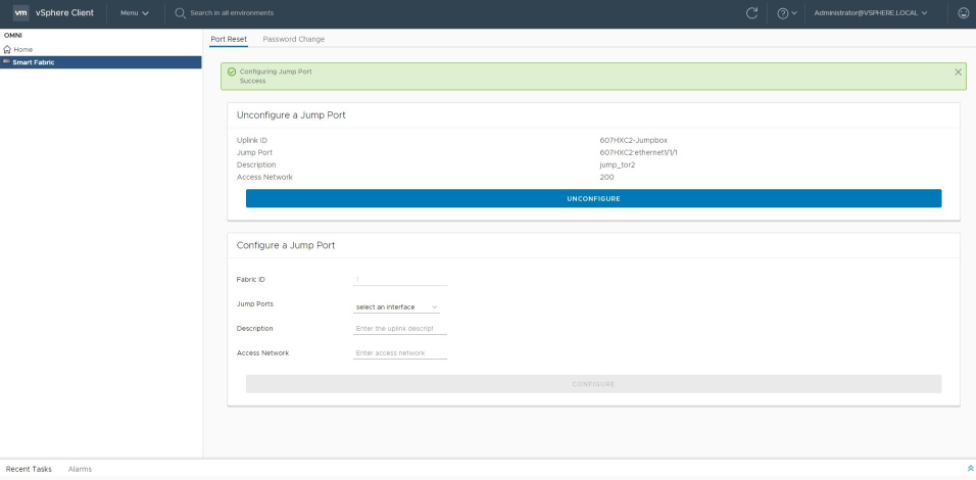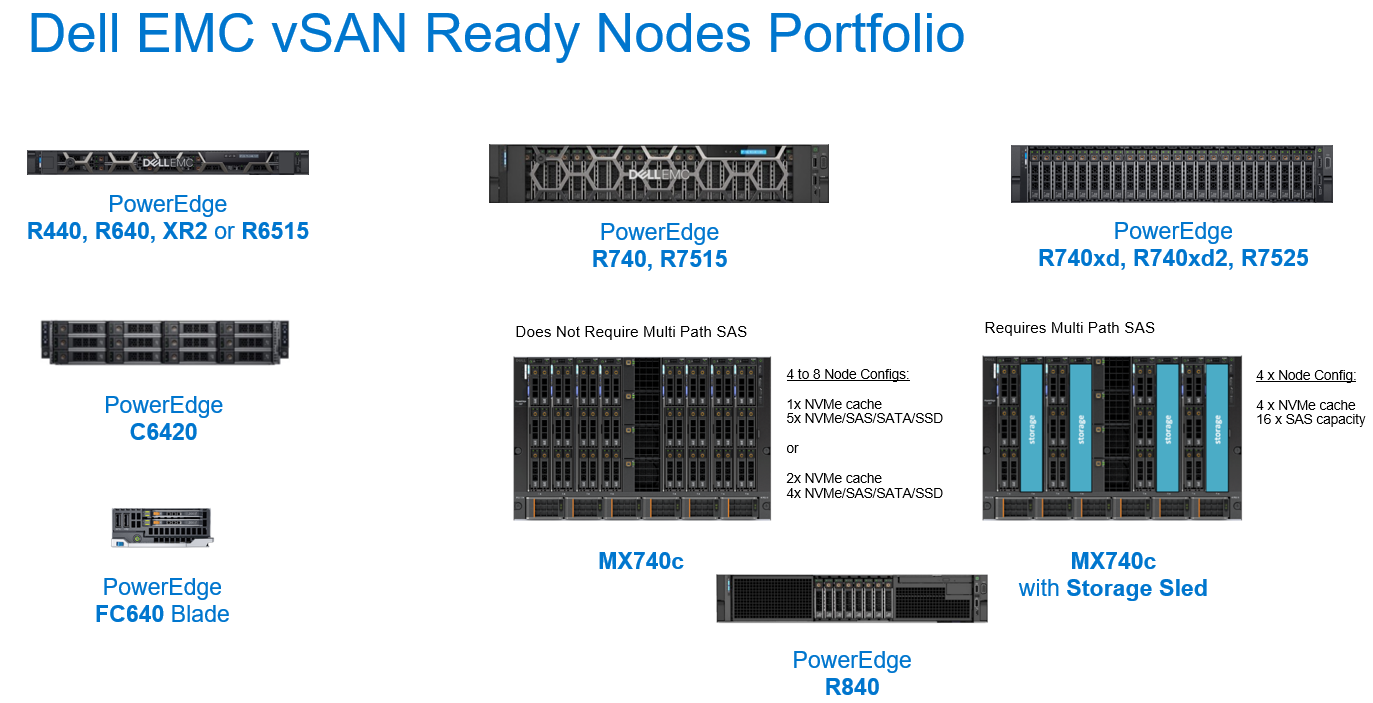Hyper Converged Infrastructure (HCI) has become the new standard in today’s data center. The main reason for this change is due to the business digitalization customers have been facing in the past years.
The modernization becomes a must in the datacenter as applications and the way we consume the compute resources change
Dell Technologies has become the market leader for HCI based on IDC tracker in the past 4 years.
Dell EMC and VMware are working closely on joint ventures since VMware became an integral and strategic part of the various Dell Technologies lines of business.
We develop and invest more in the integration of VMware solutions into our portfolio, engineering our products to suit the industries workload requirements and the shift to a cloud operating model inside the Data Center.
Dell Technologies have come a long way in order to become the first choice for customer’s compute infrastructure in the Software Defined Data Center field. We are constantly innovating our proposals while ensuring they deliver on the industry’s must demanding workloads.
Until 2 years ago HCI discussions were mainly focused on what the infrastructure benefits are, what storage features are available and how many nodes could be added to a cluster. As those features are given in today’s HCI solutions, the discussion is mainly focused around the full stack and the levels above the hardware layer, discussions such as: how can we automate the processes and provide a cloud model? What is the most efficient way to serve the different teams in the organization? What would be the best method to implement different workloads?
In addition, we see the rapid adoption of modern workloads and cloud native applications which are becoming the catalyst for this modernization. The adoption of VMware Cloud Foundation (VCF) with Tanzu is becoming? the new standard for many organizations running VMware, this would be the next phase of HCI.
How critical is the hardware layer?
m the infrastructure standpoint, there’s a big misconception as to how important the physical infrastructure is. HCI simplifies what was once complex, “flattening” the infrastructure layers from three to two tier architecture, providing a more efficient and rapid way to focus on what’s important for businesses taking care of the customer’s concerns raised above.
Dell Technologies modern platforms are coming up with the solutions for these challenges for the customer’s IT and Development teams, making sure we can assist the customer to focus on their daily challenges.
From day zero operations (design) through day two operations (Life Cycle Management), we take care of most of the design and management challenges that can appear in the day to day infrastructure maintenance and automation tasks.
The IT has become a business enabler in the digital era meaning less time to “keep the lights on”.
Choose: build your own or buy?
My answer for this question is: It depends.
When a customer considers HCI there are two main approaches: an engineered solution or a build your own option.
In short, in an engineered solution the vendor takes care of almost everything from the platform standpoint.
From automating processes to a software layer, providing enhanced management abilities, wrapping the entire solution from the delivery stage to support. This is a “worry free” model where the vendor provides an enhanced HCI experience. This is where we lead the market with our engineered solution VXRAIL co-engineered back to back with VMware.
But not all customers are the same, there are customers who wants to stick to the “build” approach in their data center – but why? There are two main reasons obtained from real-life experience:
-
- Customers would like to be as flexible as they can by taking their infrastructure form factors to the limits. For example: Blade centers, very large HDD, or any nonstandard component installed on the server.
- Customers have the set of skills to deploy and manage such an environment by themselves.
So, what does Dell Technologies brings to the table with VSAN Ready Nodes? Hint: it is all about the ecosystem.
Let’s try to address the main parts:
Professional Solution Designing
As vSAN is the main SDS solution for Dell EMC, we massively invest in knowledge transfer for our technical sales and support teams, leveraging our unique tools such as Live optics, VxRail sizer or Fabric Design Manager.
Quoting
With vSAN ready nodes we start taking care of the solution’s certified components when we provide a customer quote, dramatically reducing room for errors and making sure we provide only the certified components.
Supporting ecosystem and management
Out of band management is critical when it comes to HCI, the physical and virtual layers must come to a complete synergy.
OMIVV (OpenManage Integration for VMware vCenter) is an important part of every Ready Node implementation leveraging the new vLCM functionalities that comes with vSphere7. OMIVV streamlining the management processes and automating the environment deployment and processes.

VSAN Ready Node Unique Chassis
Dell Technologies is coming with a unique approach. We have engineered a line of servers called “vSAN Ready Node Unique Chassis”, several advantages:
-
- The node is being treated differently than a standard server using a built in IDM (Identity module) so the system identifies this is a vSAN Node and not a standard server.
- The node will be treated differently by Dell support teams,
- Management tools like OMIVV and OME will discover the nodes as vSAN nodes so the IT can treat the node differently when Life cycle management taking place.
- The nodes are coming out optimized from the factory configuring iDRAC and BIOS for vSAN profiling.

Networking
Four main key building blocks for HCI: x86 server, SDS, virtualization, and networking.
Networking is a crucial part in every HCI integration, and in many cases, it becomes the most complex when you don’t have the networking team with you.
OMNI (OpenManage Network Integration) mart fabric automation will provide a full day 2 automation when connected to Dell Powerswitch OS10.

The power of choice
As I mentioned earlier, vSAN Ready Nodes is all about choices and flexibility. We lead in this domain.
With more than 160 different configurations such as blades, dense, rack, ruggedized, Intel or AMD platform.
This is the big advantage when it comes to VSAN Ready Nodes.

When considering an infrastructure modernization with HCI we must look at the broader picture, such as ecosystem, product maturity, and who is the most experienced partner around for such a journey.
It takes time and a lot need to be considered to reach the “nirvana” of a cloud operating model on premise.
The key for success starts with the right set of expectations with our customers, while making sure we, as professionals, are taking care of all the aspects the customer shouldn’t.
Implementing a build your own solution with Dell Technologies is another way the customer can achieve its hybrid and multi cloud strategy goals.
Further reading:
vSphere vLCM and OpenManage:
https://www.principledtechnologies.com/Dell/vSphere-7.0-update-compatibility-check-0820-v3.pdf
OMIVV: